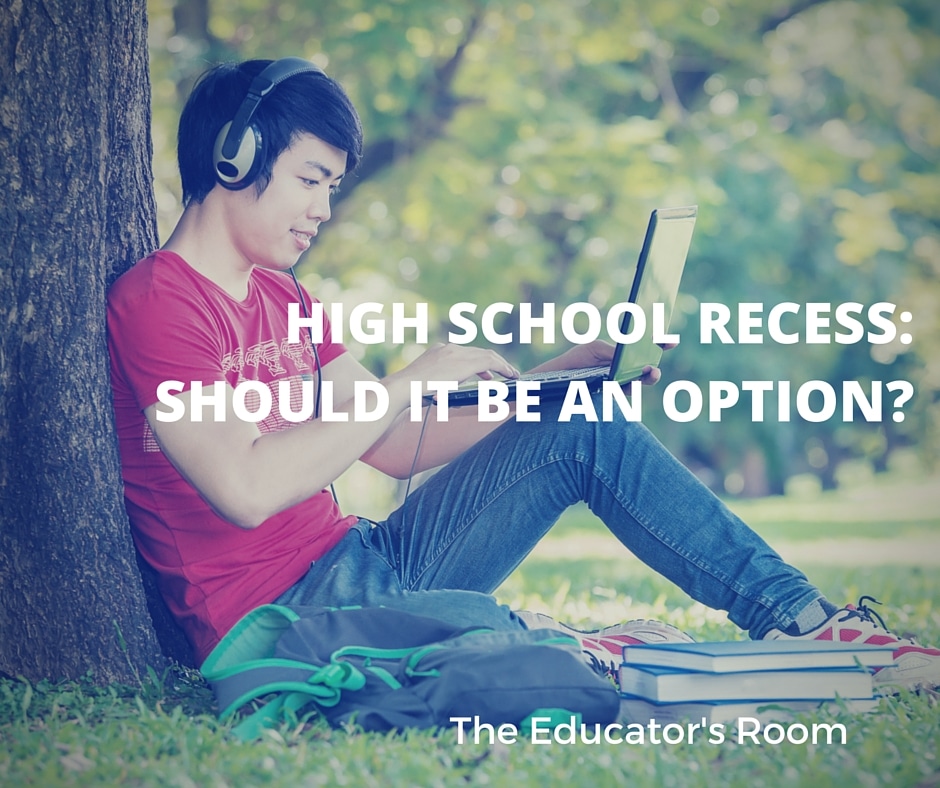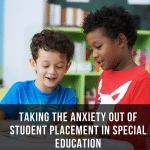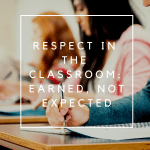Yesterday, our full faculty came together to discuss the pros and cons of our mandated advisory period held in the middle of the day. For 20 minutes, students check in with an advisor to discuss upcoming involvements in events, to conference about grade improvement plans, to engage in fun activities. I have a freshman advisory whose needs are many. I spend time teaching them where resources are in the building, how to handle a locker combination, how to study for exams. I also take them outside to play. It may seem odd to have a recess for students on the verge of adulthood, but they love it and demand it.
Problems arise with recess time which is our intended faculty discussion. Originally it was meant as a time for remediation or academic conferencing. Pressures led us to support free time in which students walk laps around the campus, play football or just gather outside on warm days. Colder weather pushes students into the gymnasium or indoor walking loops. Some advisories host chess club or board games. There are students who used recess for less than desirable activity. Some cut advisory or refuse to engage in anything meaningful or social. Students behind in make up work became entitled to their 20 minutes and obstinately refused reasonable academic requests. On the worst days, it became a time of clock watching. I found myself harkening back to the days of camp counseling, trying to recall team building activities. Left to their own choice, high school students bemoan any teacher organized activity even though a few will offer begrudged praise afterward. Our faculty wondered, is any of this worthwhile? It is so much work.
Our physical education teachers made an eloquent defense for daily physical activity and expressed willingness to lead recess if others would take their academic advisory requirements. Arguments purporting better concentration and academic performance gave me a reason to review the National Association for Sport and Physical Education Report (CDC, 2010) on classroom-based activity. Accordingly, most youth don’t engage in the recommended level of physical activity.
[fusion_builder_container hundred_percent=”yes” overflow=”visible”][fusion_builder_row][fusion_builder_column type=”1_1″ background_position=”left top” background_color=”” border_size=”” border_color=”” border_style=”solid” spacing=”yes” background_image=”” background_repeat=”no-repeat” padding=”” margin_top=”0px” margin_bottom=”0px” class=”” id=”” animation_type=”” animation_speed=”0.3″ animation_direction=”left” hide_on_mobile=”no” center_content=”no” min_height=”none”][bctt tweet=”In 2006, 4% of elementary schools, 8% of middle schools and 2% of high schools in the US provided daily physical education” username=”EducatorsRoom”]
In 2006, 4% of elementary schools, 8% of middle schools and 2% of high schools in the US provided daily physical education. Only 4% of high schools are required to provide regular physical activity. This surprised me because all students in our high school are mandated to take physical education. Then I realized that some students meet that minimum requirement in their freshman year. I conclude from years of observations that student reluctance to participate seems to hit middle and high school level students who are suddenly conscious of their inabilities as compared to peers who are exceptionally athletic. Students would rather refuse activity completely than be judged by peers, thus widening a physical gap. It is the Mathews Effect of negative actions cementing greater negative outcomes.
A collection of intervention studies by the CDC examined effects on academic performances by isolating both the length of time for daily activity and its intensity. 20- 40 minutes of daily exercise yielded positive results in students attitude towards academic learning, cognitive skills, and improved attention span. Cerebral capillary growth, production of neurotrophins and neural networks develop through a “dynamic interaction” of cognitive and motor skills. It was discovered that in some cases daily classroom activity for 5 minutes yielded better results than 10-minute activities. Overall, relationships between physical education and academic improvements were not universal and varied by outcome. In no case, however, did physical activity enhance negative associations with academic achievement.
I began conversing with my peers and collected examples of meaningful classroom activities. One teacher allows students who finish a class assignment early to jump on one foot while patting their head until she moves to review their work. It keeps both the teacher and the students on task. I often hang up primary source documents or QR codes through the halls of our building. After a brief classroom lecture, I give students a set of key questions and scavenger hunt clues. They guess where the documents are hung and spend time either reading them right away or taking photos of the documents to review when they return to the classroom. Another teacher hangs student work in the hall. She makes an evaluative tool that students use to examine each others work. Sorting ideas on index cards into proper categories can be done standing or sitting. Some students like to move to the hall to work as a group or quiz each other with timers and flashcards. Recently I juxtaposed readings on Mandela or Gandhi with reviews of leadership methodology reliant on collaborative spiritual and physical engagements. We watched videos of Maori perform the Haka, Taylor University spectators at their “Silent Night” basketball game, and students in China perform eye exercises in unison. Students agreed that group unity derives from positive, active experience.
I conducted a test by refusing to hand out the daily classwork until students teamed up to perform a group activity. Quickly they choreographed simple dance steps, mime or engaged in “Miss Mary Mack” handclapping rounds without complaint. Simple movement based activity did enhance efficiency and completion of other class assignments. While the “fist bump” after work completion hardly seems to count as physical activity what were those students without it?
As the weather at our Vermont school improves, the yearning for activity grows. Our grass is finally green, students are outside and another phenomenon is taking place. Students have begun organizing their own activities. Four Square has made a comeback and the best thing about this game, anyone and everyone can play. Student lines are quite long yet they move quickly. The game has become a great equalizer, even the best athletes get tagged out. A few teachers and students have started playing music together and yesterday I heard talk of jump rope. Maybe the best intentions are those left unplanned.

Centers for Disease Control and Prevention. The association between school based physical activity, including physical education, and academic performance. Atlanta, GA: U.S. Department of Health and Human Services; 2010.[/fusion_builder_column][/fusion_builder_row][/fusion_builder_container]






